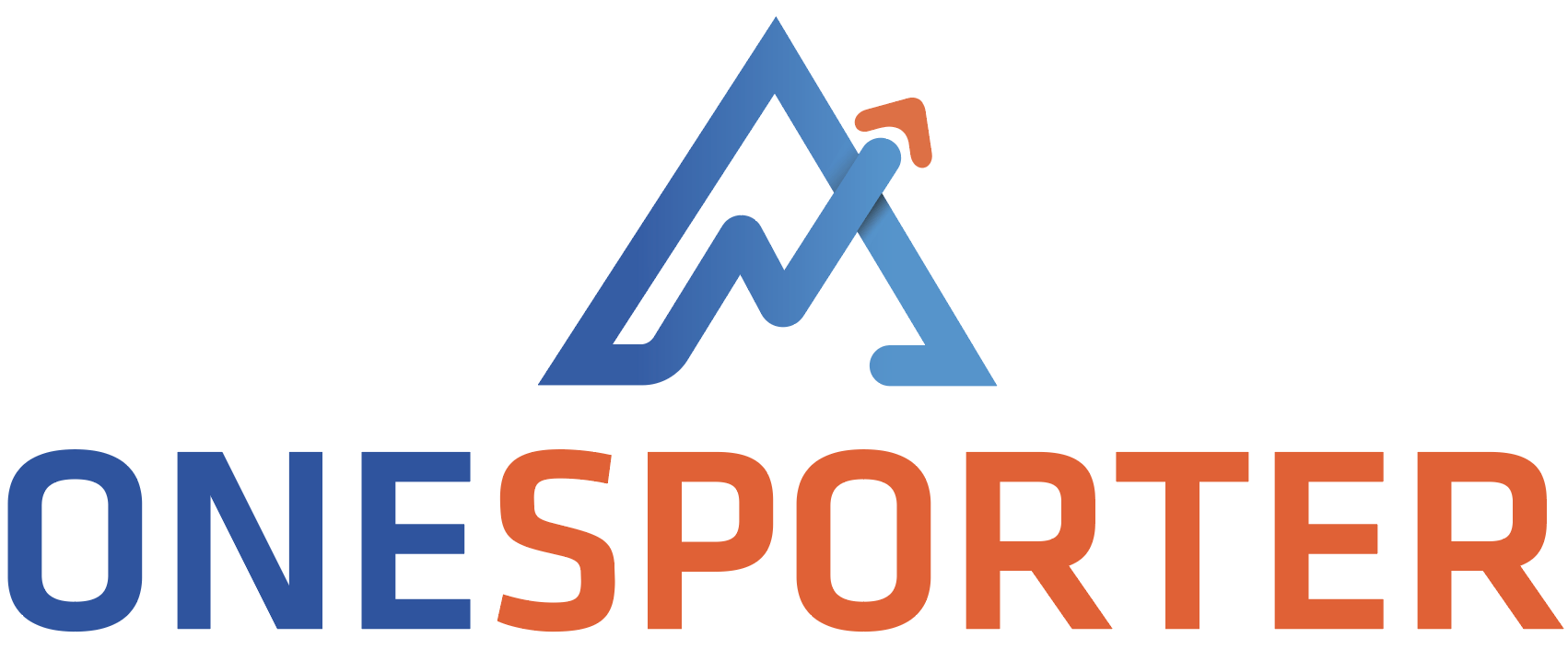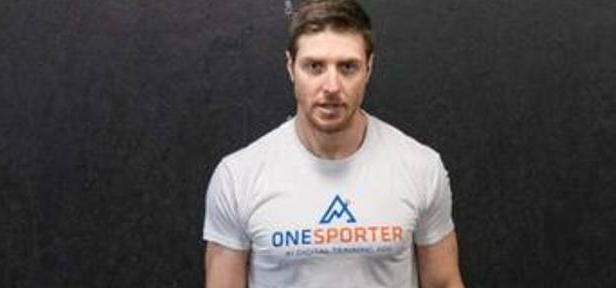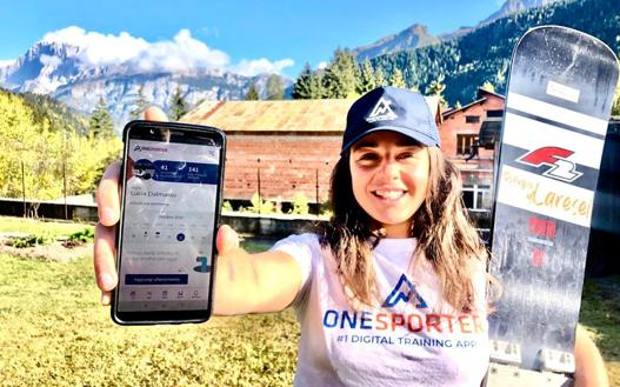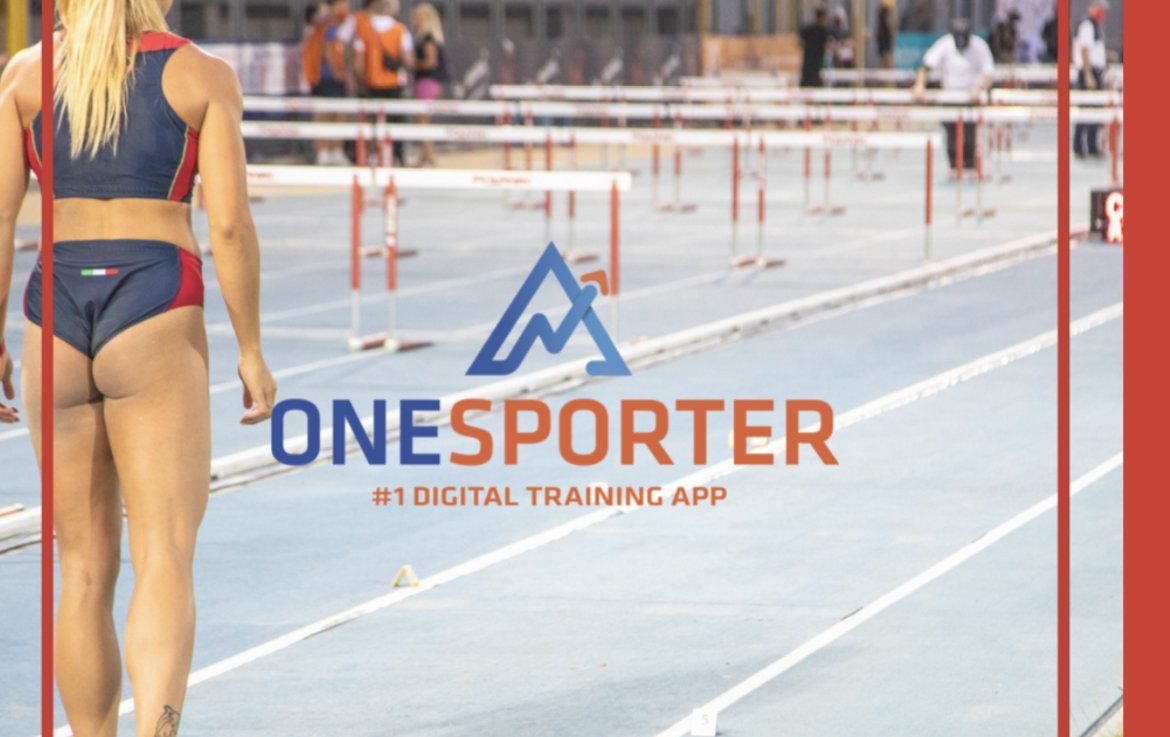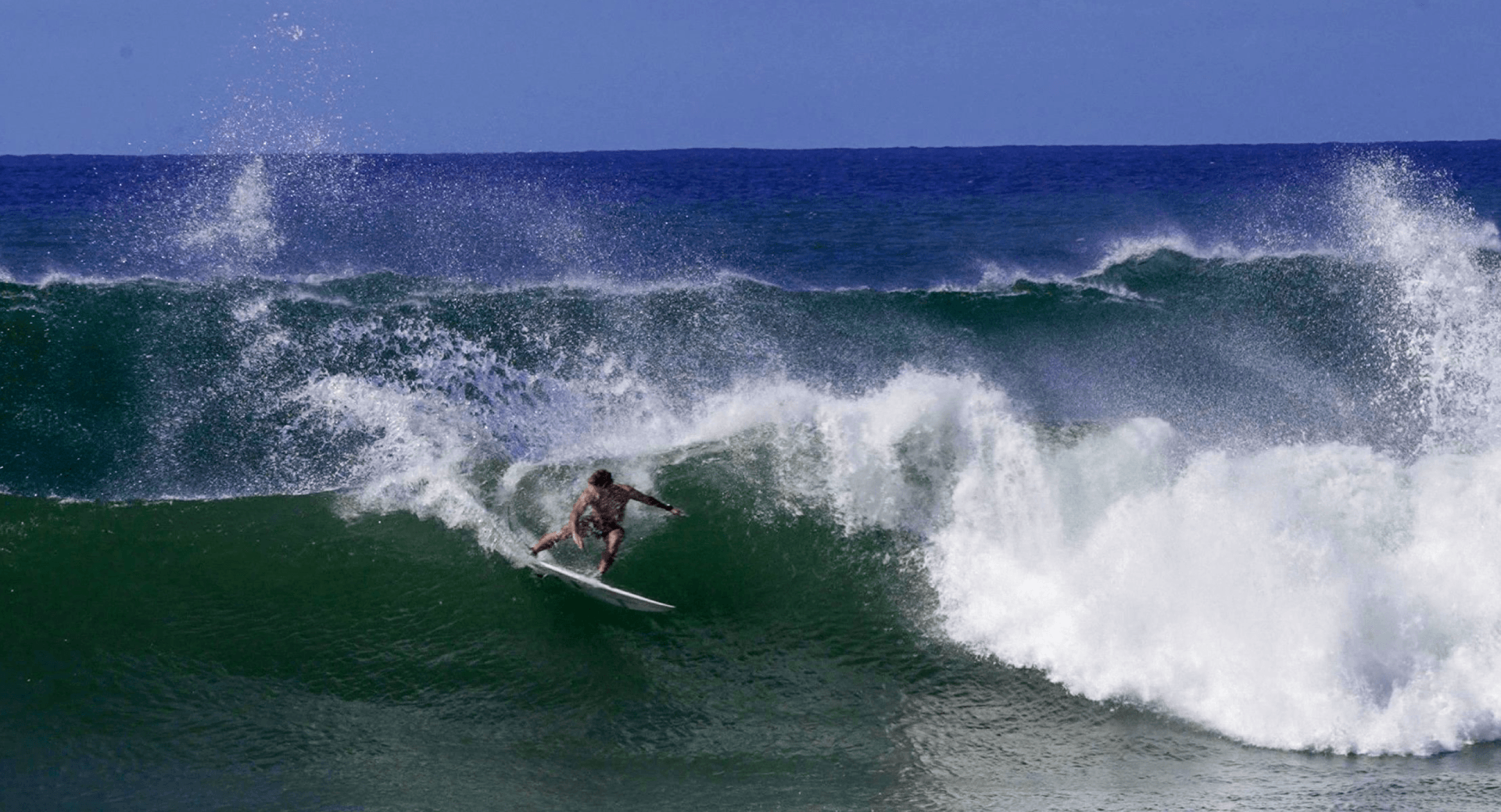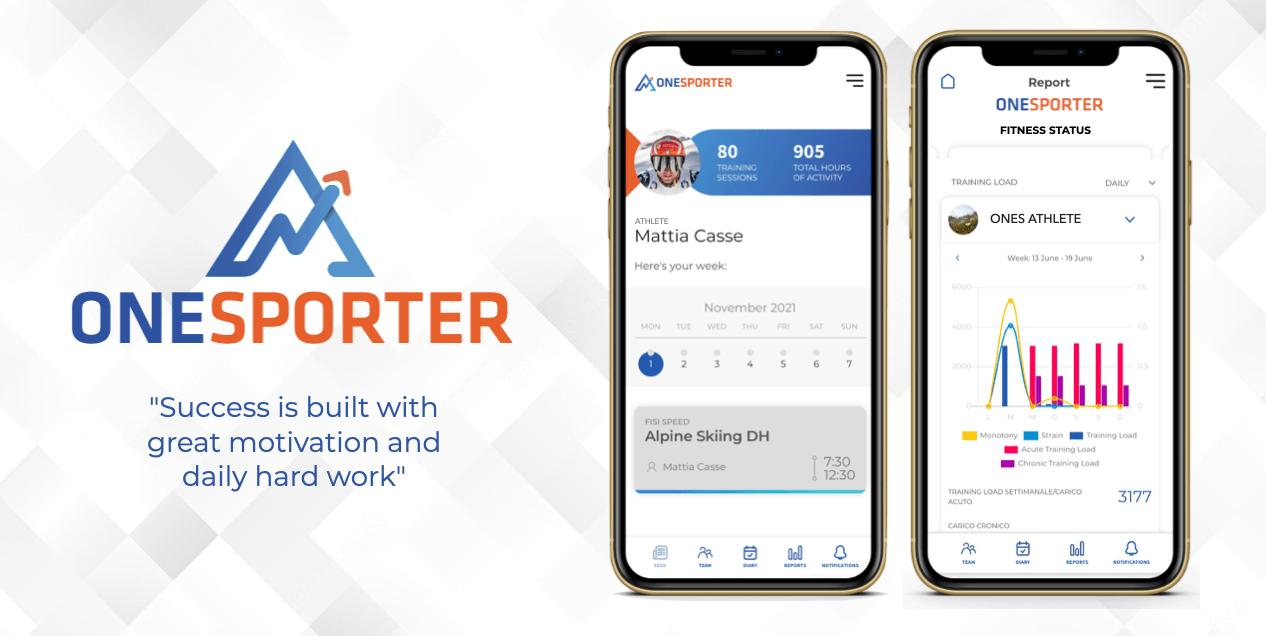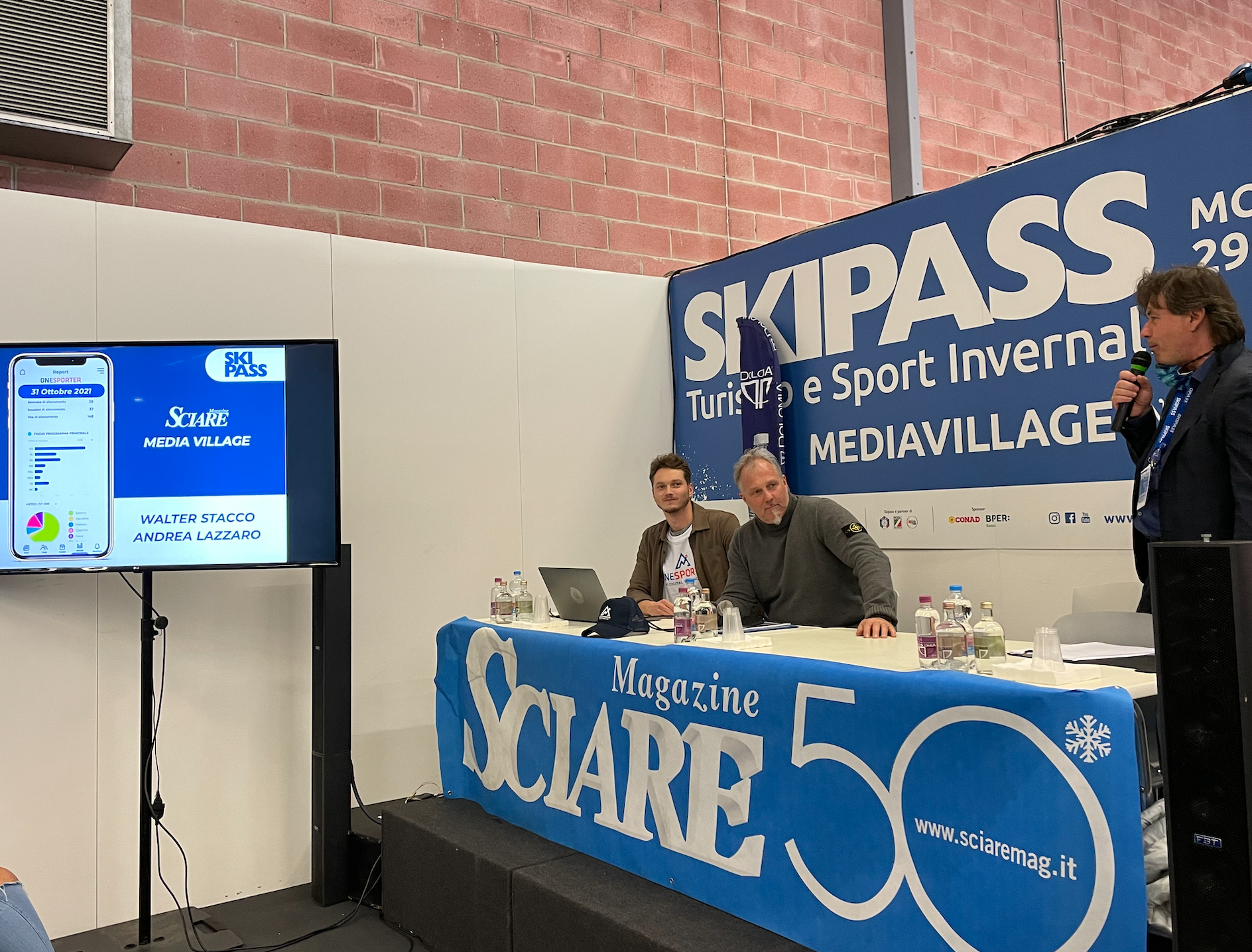La Gazzetta dello Sport parla di ONESporter
ONESporter • 5 novembre 2021
OneSporter, ecco come funziona l’App italiana usata da sciatori e snowboarder
Permette di condividere tabelle d’allenamento e risultati da raggiungere ogni giorno con l’obiettivo di migliorare le prestazioni di sciatori e snowboarder, professionisti ma anche semplici appassionati. In arrivo anche nuove declinazioni pensate per altre discipline non invernali

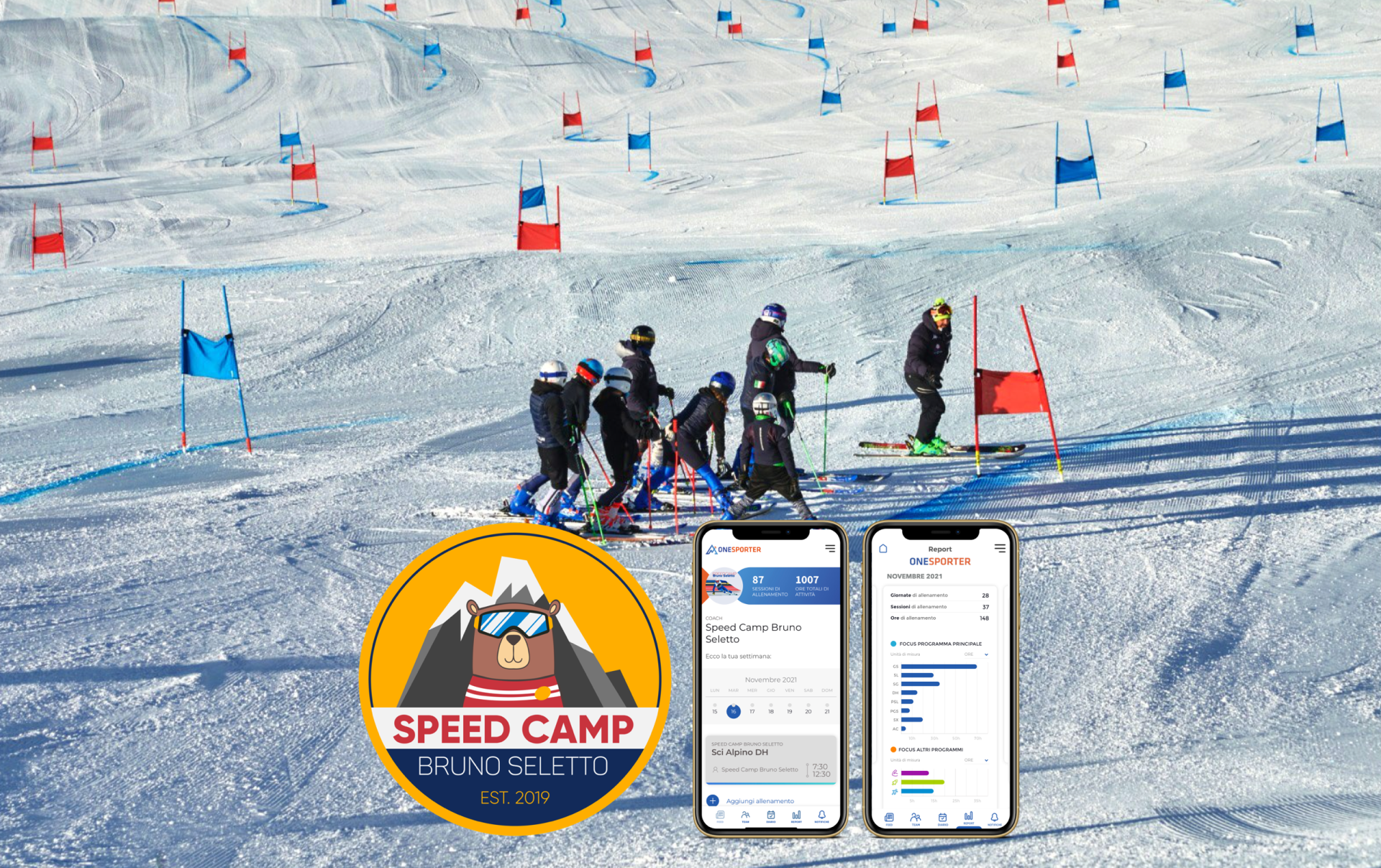
𝙊𝙉𝙀𝙎𝙥𝙤𝙧𝙩𝙚𝙧 𝙙𝙞𝙜𝙞𝙩𝙖𝙡𝙞𝙯𝙯𝙖 𝙡𝙤 𝙎𝙥𝙚𝙚𝙙 𝘾𝙖𝙢𝙥 𝘽𝙧𝙪𝙣𝙤 𝙎𝙚𝙡𝙚𝙩𝙩𝙤
ONESporter sempre più presente nel mondo Children e Giovani.
Nelle prossime settimane, in occasione dello @speed_camp_bruno_seletto, gli sci Club, i ragazzi ed i loro tecnici, grazie alla Partnership tra ONESporter e Speed Camp Bruno Seletto, avranno l'occasione più unica che rara di testare ONESporter, l'APP che sta rivoluzionando il mondo dello sci e non solo, che permette di programmare e controllare ogni allenamento per il raggiungimento della massima performance e di conseguenza è uno strumento in più anche per la prevenzione degli infortuni.
ONESporter gestirà interamente la reportistica dell'evento portando quindi digitalizzazione ed innovazione tra le porte larghe dello Speed Camp.
Un'occasione d'eccellenza per gli Atleti ed i loro Coach di provare effettivamente sul campo l'applicazione, le sue funzioni e i reali benefici in termini di Performance e Analisi

ONESporter prende parte a “La Casa dello Sport” di Sky Italia Sport 🖥 ➡️ innovazione e tecnologia al servizio degli sci club e degli atleti d’élite. Un altro tassello importante per la nostra startup innovativa. Eleonora Cottarelli, conduttrice del programma televisivo, ha intervistato il nostro founder Andrea Lazzaro toccando i seguenti punti: ▪️ quando nasce l’idea di ONESporter e come funzione; ▪️ chi la usa e perché: mattia casse, Lara Della Mea, Mara Martini, Andrej Drukarov, Lucia Dalmasso, Canada Snowboard ▪️ onesporter in vista di Beijing 2022 Winter Olympics; ▪️ nuovi orizzonti, sviluppo di altri sport. Full video:
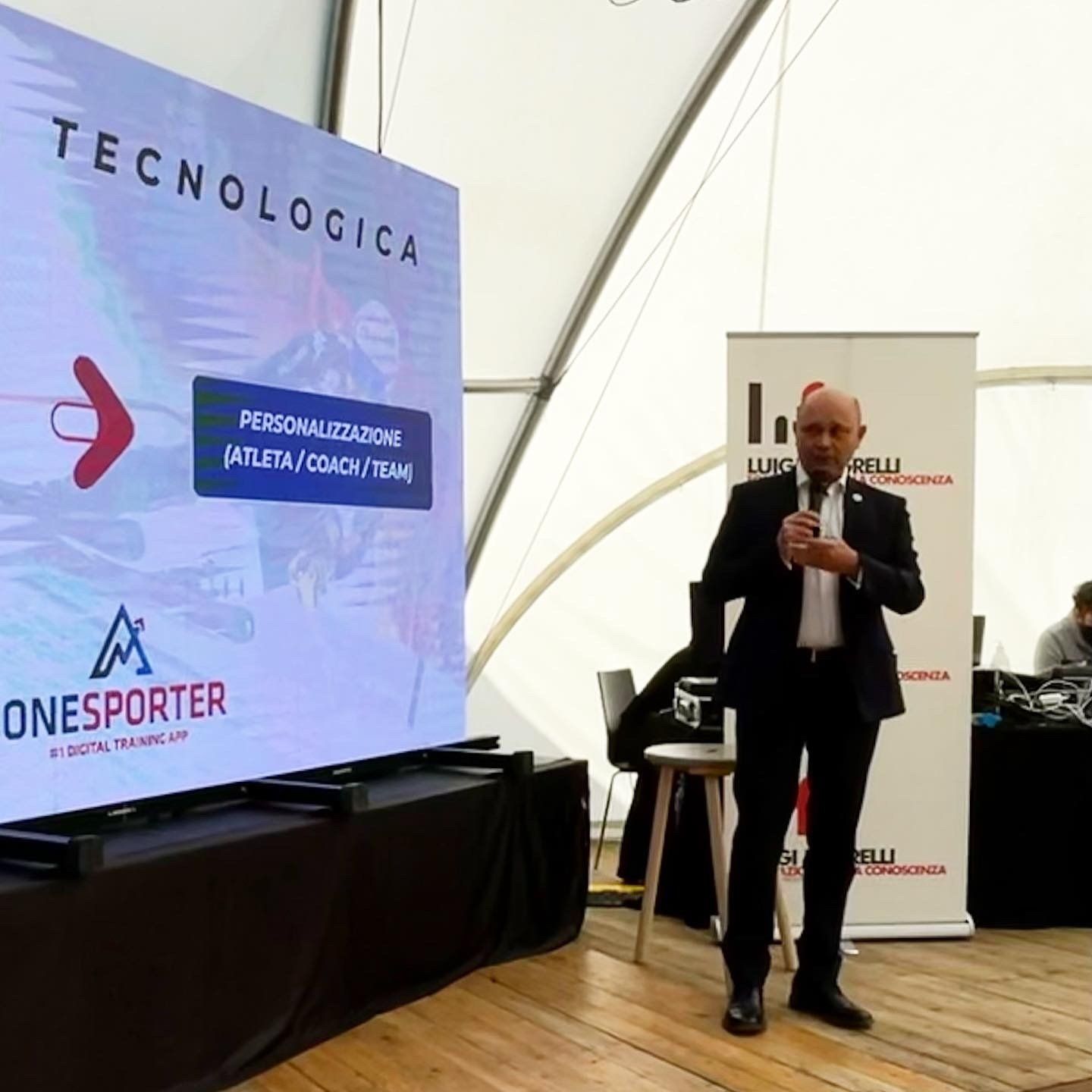
ONESPORTER, la nuova App di training digitale che sta radicalmente cambiando le tecniche di training negli sport invernali, è stata presentata oggi nell’Area Muse, dove Trentino Sviluppo e Fondazione Negrelli sono i padroni di Casa, nella sezione dedicata ad Innovazione, Salute e Sport.
IL FESTIVAL DELLO SPORT - L'ATTIMO VINCENTE -LA GAZZETTA DELLO SPORT - FONDAZIONE NEGRELLI - TRENTINO SVILUPPO
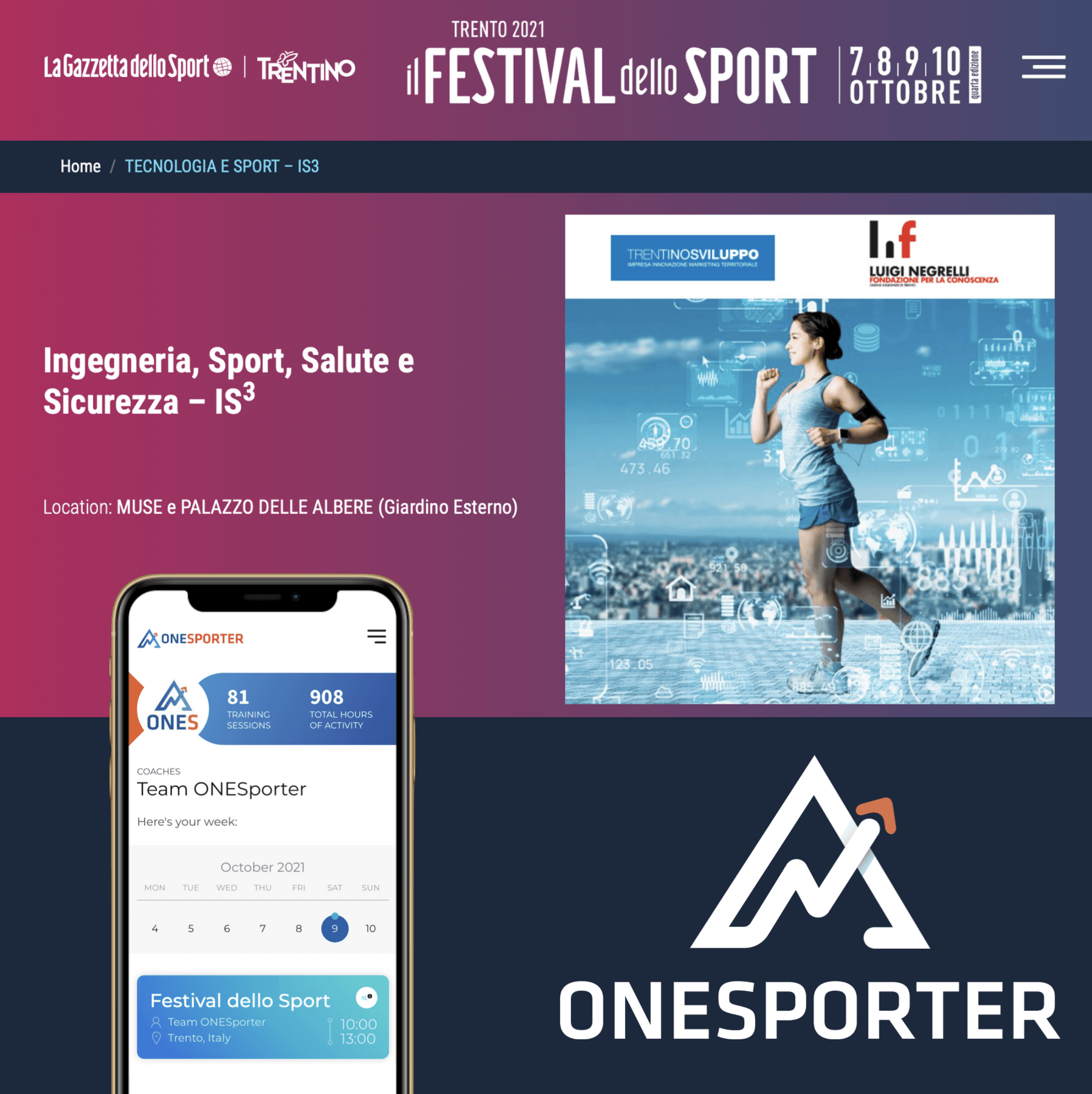
ONESporter parteciperà al Festival dello Sport in programma dal 7 al 10 ottobre 2021 a Trento. Il Festival, arrivato alla sua quarta edizione, è l'evento mediatico più importante a livello italiano e racchiude tutto ciò che è SPORT: innovazioni, tecniche, momenti di gloria, vittorie, sconfitti, personaggi unici, talenti ineguagliabili. Il Festival è organizzato da Trentino e Gazzetta dello Sport. Un onore per noi farne parte!

"Canada Snowboard and ONESporter have partnered together, to provide the Alpine Snowboard team with an app to monitor daily every training and race performance for every single athlete." ONESporter will soon be available also for other sports (not only winter), in order to fill a gap of innovation in the world of Sport and to respond to an increasingly pressing need for the growth of athletes and coaches, at all levels and at all ages", these are the words of Andrea Lazzaro, the young Italian entrepreneur and CEO of the Startup ONESporter, who has put his experience as a coach and former athlete at the service of Sport and Athletes.
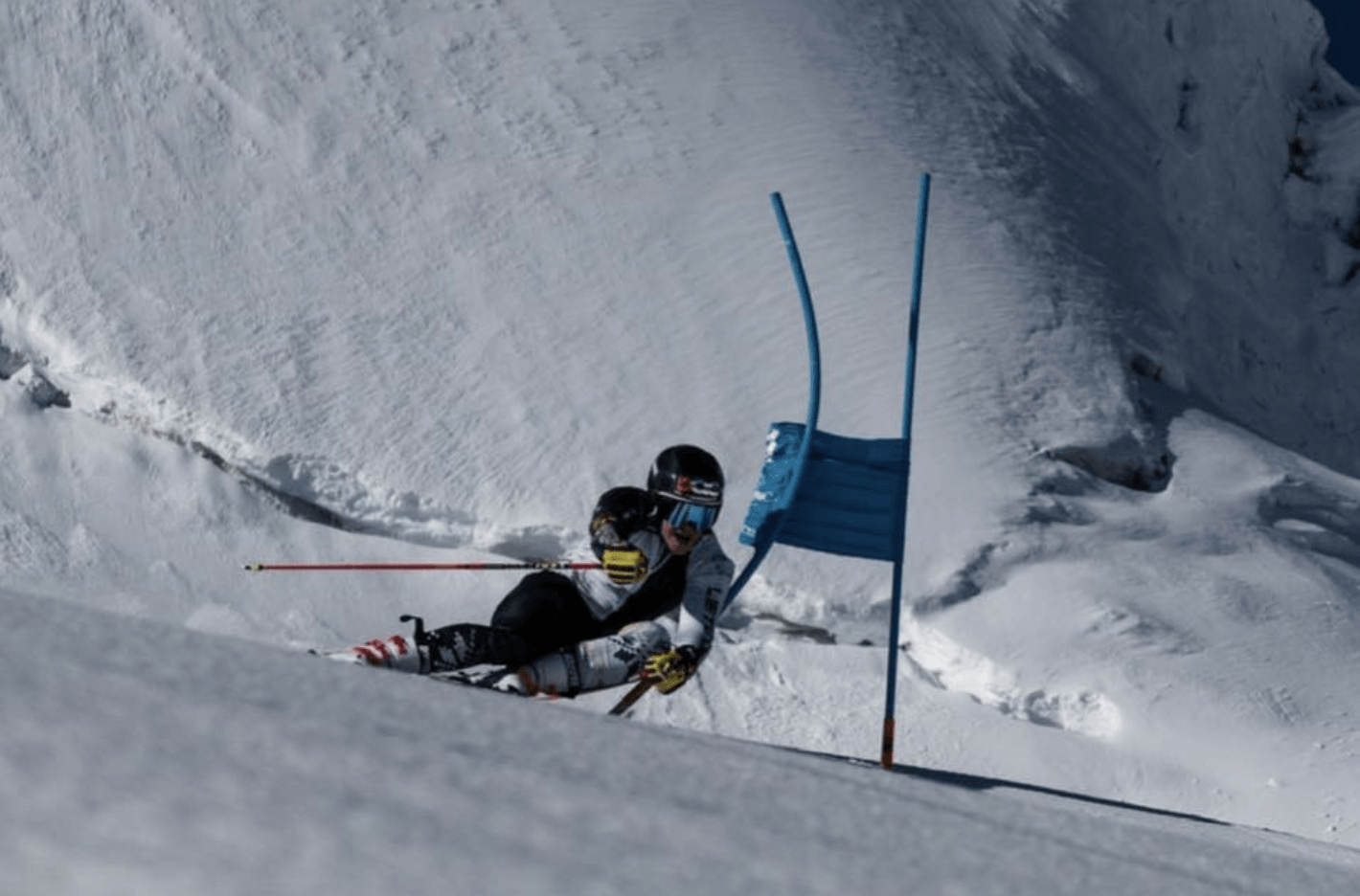
At the end of the training, when the coach enters the work done, each athlete can write to the coach his feelings, his comments and his perception of the effort through the RPE scale (Rate of Perceived Exertion). The RPE for calculating the training load is known as the "session-RPE" and consists of multiplying the minutes of training by the number resulting from the RPE scale. Let's assume that an athlete performs a training of 20 minutes providing a value of 5 on the Borg scale: he will have totaled a training load of 100 (i.e. 5x20). ONESporter automatically reports the values in the app and thus builds a graph of the load in the various days / weeks / months of training, building an archive ready to be consulted by the coach in order to better monitor the training, understand the state of form of the athlete and make better decisions on future programming 📲📊 💥💥💥 Al termine del training, quando l'allenatore inserirà il lavoro svolto, ogni atleta potrà scrivere al coach le sue sensazioni, i suoi commenti e la sua percezione dello sforzo attraverso la scala RPE (Rate of Perceived Exertion). L’RPE per il calcolo del training load è nota come “session-RPE” e consiste nel moltiplicare i minuti di allenamento per il numero risultante dalla scala RPE. Supponiamo che un atleta effettui un allenamento di 20 minuti fornendo un valore pari a 5 sulla scala Borg: avrà totalizzato un training load di 100 (ossia 5x20). ONESporter riporta i valori automaticamente in app e così costruisce un grafico del carico nei vari giorni / settimane / mesi di allenamento costruendo un archivio pronto alla consultazione da parte del coach al fine di poter monitorare meglio il training, capire lo stato di forma dell’atleta e prendere decisioni migliori sulla programmazione futura 📲📊 #betheONES #innovation #digital #ONESporter #prevention #recovery #rpe #trainingload
